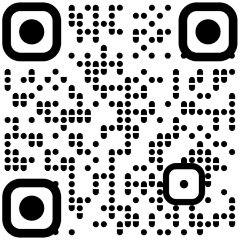The Union Budget has provided a significant boost to Asset Reconstruction Companies (ARCs) by reducing the tax deducted at source (TDS) on income payable to investors in securitisation trusts. The revised TDS rate of 10%—down from the existing 25% for individuals and Hindu Undivided Families (HUFs) and 30% for other entities—is set to encourage investments in distressed asset resolution.
This reduction is expected to ease liquidity constraints for investors in Security Receipts (SRs), eliminating the cumbersome process of deducting higher TDS and later claiming refunds.The regulatory support comes at a time when ARCs are witnessing improved recovery rates for distressed assets. The cumulative recovery rate for SRs is projected to rise by 15 percentage points in the next fiscal, reaching 75-80%.
Key factors driving this improvement include the strong performance of stressed assets in infrastructure sectors such as real estate, thermal power, and roads, alongside a rising share of retail and low-vintage assets in ARC portfolios.
Debt restructuring has emerged as the preferred resolution strategy for ARCs, overtaking direct asset sales. Restructured assets are yielding steady cash flows, with average recoveries of 85-90%, significantly higher than settlements or outright sales. This shift is supported by the deterrent effect of the Insolvency and Bankruptcy Code (IBC), which has accelerated debt resolution processes.
Retail loan portfolios
Additionally, the acquisition of retail loan portfolios has gained traction, with cumulative recoveries for these assets expected to reach 60-65% next fiscal, up from 55-60% this year. The shorter redemption cycle of retail loans—typically 2.5 to 4 years compared to 5 to 6 years for corporate assets—has made them an attractive proposition for ARCs.
Regulatory amendments allowing ARCs to acquire Special Mention Accounts (SMAs)—accounts overdue by up to 90 days but not yet classified as non-performing assets—have further strengthened their ability to resolve distressed loans efficiently. SMAs now contribute 22% of new acquisitions this fiscal, a substantial increase from just 4% last year, highlighting the growing focus on early-stage resolution.
While the current gross non-performing assets (GNPA) ratio for the banking sector remains below 3%, the evolving landscape necessitates that ARCs align their strategies to sustain growth. The combination of reduced TDS, improved recovery rates, and a shift towards structured resolution strategies positions ARCs for long-term stability in the stressed asset market.












